The comforting ritual of sipping hot cocoa on a chilly evening is one of life's simple pleasures - until that unappetizing skin forms across the surface. This thin, rubbery membrane that develops as cocoa cools has frustrated chocolate lovers for generations. While some don't mind the texture, many find it unpleasant enough to abandon their half-finished mug. Fortunately, there exists an astonishingly simple solution hiding in plain sight in nearly every kitchen: plastic wrap.
When hot cocoa sits exposed to air, two simultaneous processes occur that create the dreaded skin. As steam rises from the liquid's surface, milk proteins and cocoa solids become concentrated at the top. Simultaneously, the cooling surface allows these components to bond together, forming an elastic layer. This phenomenon isn't unique to cocoa - it happens with pudding, custard, and any dairy-based hot drink. The key to prevention lies in understanding that skin formation requires both evaporation and exposure to cooler air.
The plastic wrap method works by creating a physical barrier that addresses both root causes. When applied correctly, the wrap should touch the entire surface of the hot cocoa, leaving no air gaps. This might seem counterintuitive - after all, we're often warned not to let plastic touch hot foods. However, food-grade plastic wrap designed for microwave use can safely make direct contact with hot liquids up to about 220°F (104°C), well above ideal cocoa drinking temperatures of 140-160°F (60-71°C). The microscopic smoothness of the plastic prevents milk proteins from finding purchase to form bonds.
Timing proves crucial when applying this technique. The plastic must go on immediately after pouring or stirring, before any skin has begun forming. Even a thirty-second delay can allow the first microscopic networks of protein to establish themselves. For best results, tear off a piece of wrap about 25% larger than your mug's diameter. Gently lay it across the surface, then use the back of a spoon to press out any large air bubbles. The wrap should cling naturally to the mug's sides, creating a seal.
Beyond preventing skin, this method offers several unexpected benefits. The seal dramatically slows heat loss, keeping your cocoa warmer nearly twice as long as an uncovered cup. It also preserves volatile aromatic compounds that would otherwise evaporate, maintaining the chocolate's full flavor profile. Those who enjoy whipped cream toppings can apply it under the plastic - the cream stays fluffy rather than melting into the hot liquid below.
Not all plastic wraps perform equally for this purpose. Thicker, cling-style wraps with good elasticity work best, as they're less likely to tear when applying and form tighter seals. Cheaper, thinner wraps may require double layers. Avoid wraps labeled as "vented" or those with added non-stick coatings, as these defeat the purpose. For environmental concerns, reusable silicone lids designed for cups can work, though they rarely achieve the same complete surface contact.
The science behind why this works involves surface tension and vapor pressure. Milk proteins like casein normally rise to the surface and unfold when heated, their hydrophobic sections seeking air. Plastic wrap eliminates this air interface, forcing the proteins to remain suspended in the liquid. Meanwhile, the sealed environment creates 100% humidity at the liquid's surface, preventing the concentration of solids that occurs through evaporation. It's essentially creating a miniature terrarium for your cocoa.
This technique adapts well to different cocoa preparations. For traditional stovetop cocoa made with milk and chocolate, the wrap prevents the thickest skins. Powdered instant cocoa mixes, which often contain modified starches that exacerbate skin formation, benefit even more dramatically. Even fancy French-style drinking chocolate, with its high cocoa butter content, stays velvety smooth when protected. The method works equally well for dairy-free alternatives - almond, oat or soy milk cocoas all develop similar skins through different protein mechanisms.
Some enthusiasts take the approach further by refrigerating or freezing leftover cocoa with the wrap still in place. When reheated later, the beverage maintains its original texture remarkably well. This makes the technique valuable for meal prepping warm drinks or preserving partial batches of homemade cocoa mix. Just remember to remove the wrap before microwaving - while the plastic can handle the cocoa's heat, microwaving it directly could cause melting.
Historical solutions to the skin problem reveal how ingenious the plastic wrap method truly is. Early 20th century cookbooks recommended constant stirring or floating a pat of butter on top. Mid-century homemakers used special lids with rubber gaskets. None proved as universally accessible or effective as plastic wrap, which began appearing in kitchens in the 1950s but wasn't widely adopted for this purpose until the 1980s. Today's food scientists confirm that no chemical additive or processing technique matches its effectiveness.
For those seeking perfection, a few pro tips elevate the method further. Warming your mug first prevents rapid cooling that can cause condensation under the wrap. If small droplets form anyway, a quick wipe with a paper towel before drinking prevents dilution. Those bothered by the environmental impact can reuse the same piece of wrap multiple times - simply rinse and dry between uses. And for large batches, press the wrap directly onto the pot's surface before ladling servings.
The psychological impact of this small act shouldn't be underestimated. There's something deeply satisfying about peeling back the wrap to reveal flawless cocoa, like unwrapping a present. It transforms the drinking experience from one of gradual disappointment to sustained pleasure. Children especially delight in the ritual, often treating the smooth surface like a chocolate mirror before their first sip.
While no solution can keep cocoa skin-free indefinitely, properly applied plastic wrap typically provides about 90 minutes of protection - more than enough time to enjoy even the largest mug. As the cocoa eventually cools to room temperature, some skin may form, but it will be significantly thinner and less cohesive than without intervention. For best texture, consume within an hour of preparation.
Next time steam rises from your favorite mug, don't resign yourself to rubbery textures or constant stirring. Reach for that roll of plastic wrap and give your cocoa the protection it deserves. This thirty-second step makes all difference between a compromised experience and chocolate perfection. After all, life offers few enough guaranteed comforts - shouldn't your hot cocoa be one of them?
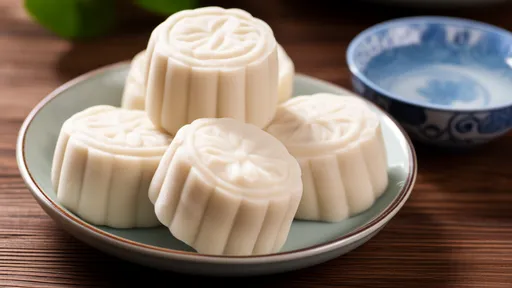
By /Jul 31, 2025
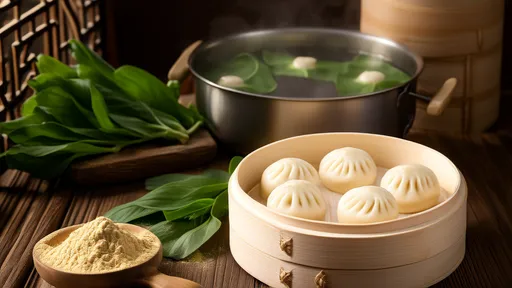
By /Jul 31, 2025

By /Jul 31, 2025
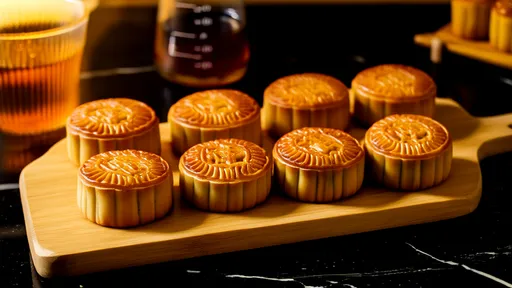
By /Jul 31, 2025
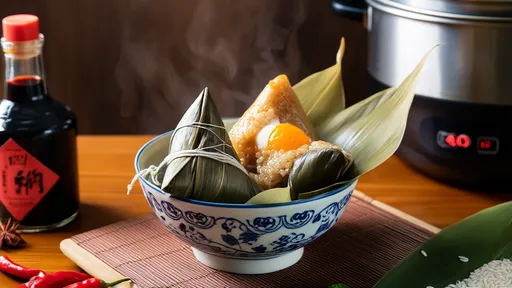
By /Jul 31, 2025
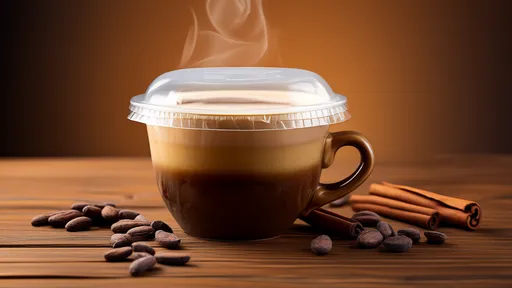
By /Jul 31, 2025

By /Jul 31, 2025
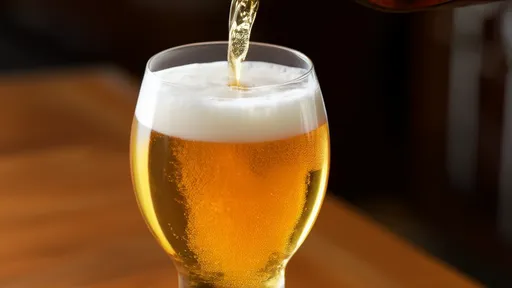
By /Jul 31, 2025
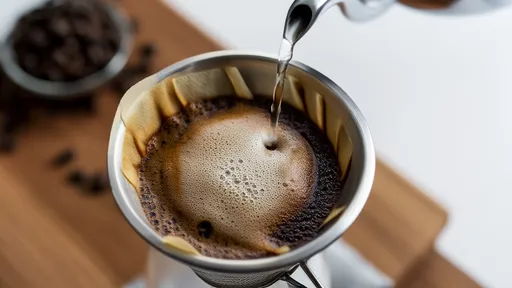
By /Jul 31, 2025
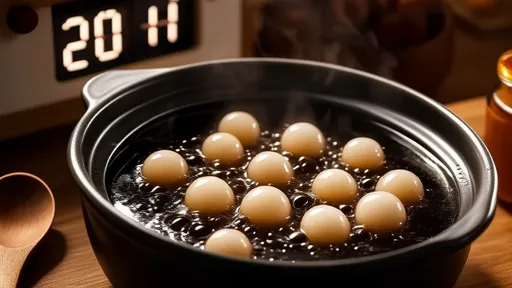
By /Jul 31, 2025

By /Jul 31, 2025
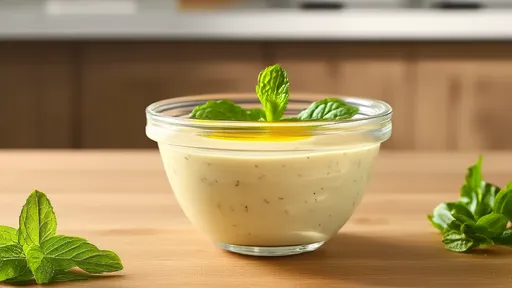
By /Jul 31, 2025

By /Jul 31, 2025

By /Jul 31, 2025
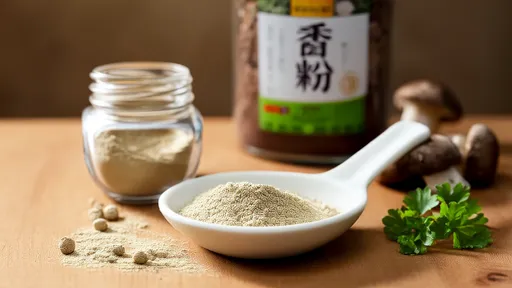
By /Jul 31, 2025
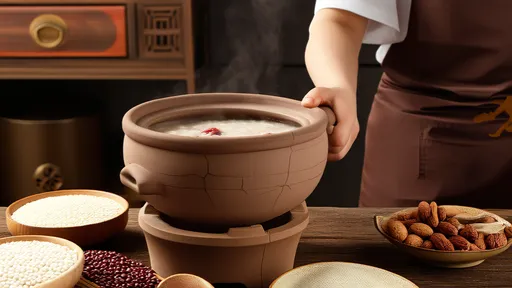
By /Jul 31, 2025
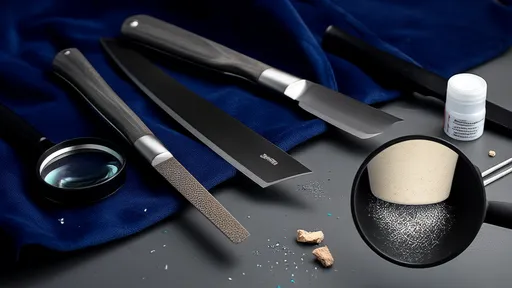
By /Jul 31, 2025
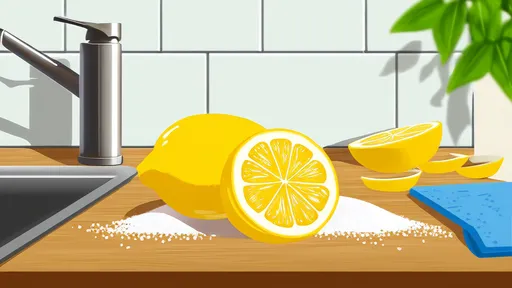
By /Jul 31, 2025
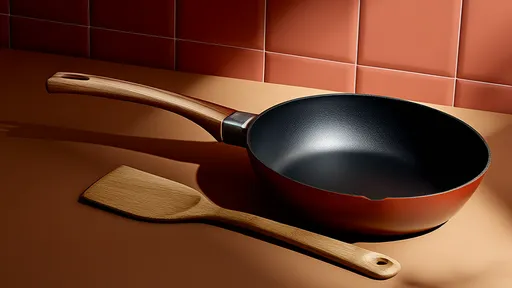
By /Jul 31, 2025
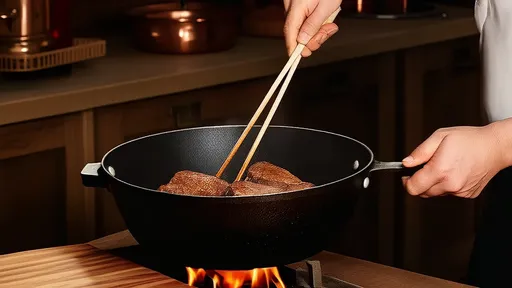
By /Jul 31, 2025